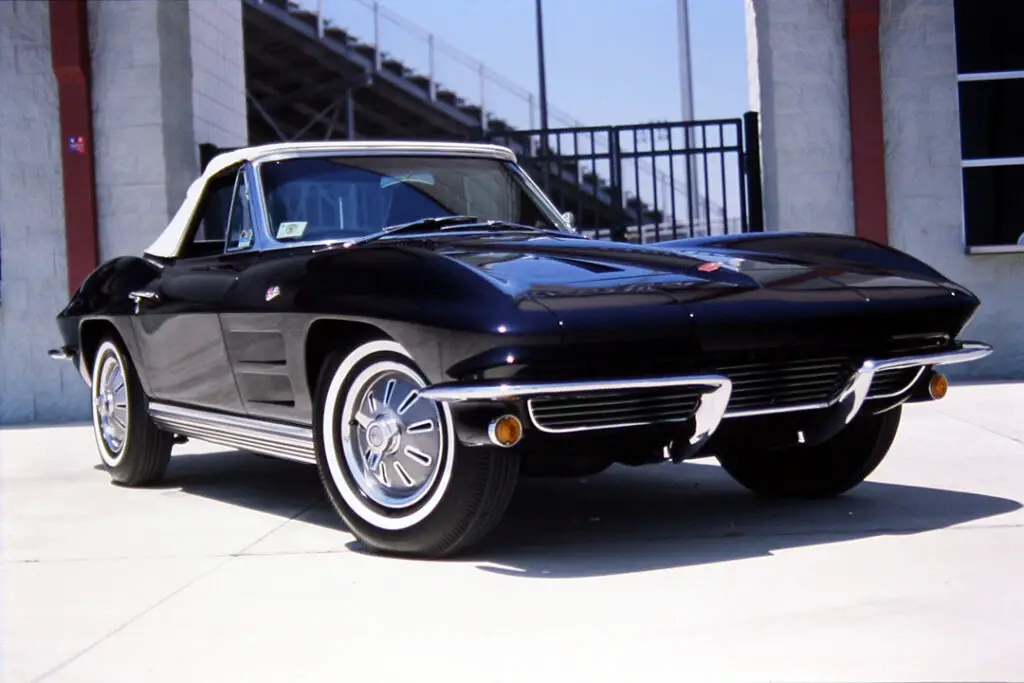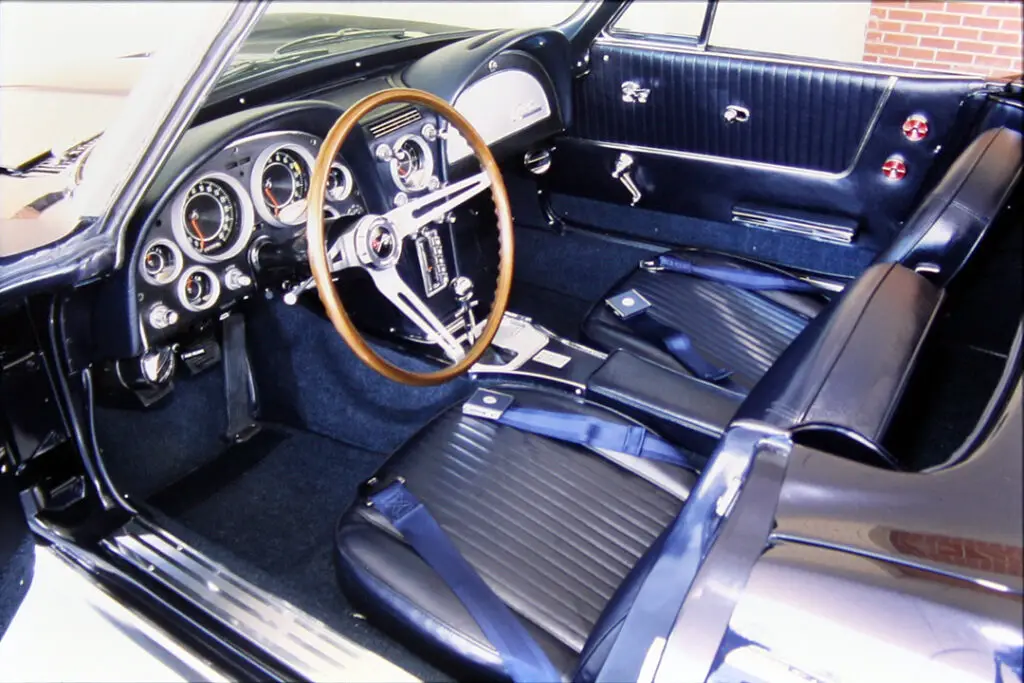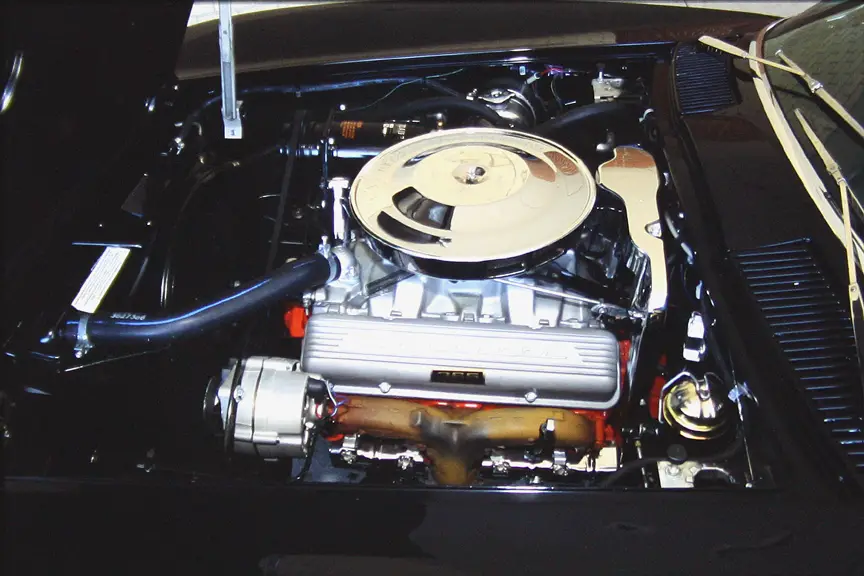The 1964 Corvette was a standout vehicle in the Chevrolet lineup and remains a popular classic car today. The production of this iconic sports car involved a number of notable changes and updates from previous C1 models, resulting in a vehicle that was faster, more powerful, and more stylish than ever before. In this blog post, we’ll take a look at the various steps involved in the production of the 1964 Corvette, from design and engineering to assembly and testing.
The first step in the production process for the 1964 Corvette was the design and engineering phase. During this stage, Chevrolet’s team of designers and engineers worked to create a vehicle that would be both visually appealing and mechanically sound. This involved creating detailed blueprints and specifications for every aspect of the car, from the body and chassis to the engine and transmission.

The 1964 Corvette Key Features
One of the key features of the 1964 Corvette was its sleek and aerodynamic body style, which was designed to reduce drag and improve performance. The car featured a long, low hood and a short, curved rear deck, as well as the removal of the distinctive “split window” design in the rear from its predecessor the 1963 Corvette. This design was based on feedback from the Corvette community at the time, with some critics arguing that the “split window” compromised visibility.
Once the design and engineering phase was complete, the next step in the production process was prototyping and testing. During this phase, Chevrolet built a number of prototypes of the 1964 Corvette and put them through rigorous testing to ensure that they met the company’s performance and safety standards. This testing included everything from high-speed runs on the track to durability testing in extreme weather conditions.

The Body of the 1964 Corvette
After the prototypes had been thoroughly tested and any necessary modifications had been made, the final design for the 1964 Corvette was approved and production began. The first step in the production process was the construction of the car’s frame, which was made from welded steel tubes. The frame was then shipped to the assembly plant, where it was paired with the rest of the car’s components.
The body of the 1964 Corvette was made from fiberglass, which was a popular material for sports cars at the time due to its lightweight and durability. The body was made in a separate facility and then shipped to the assembly plant, where it was mounted onto the frame. The interior of the car was also installed at this point, including the seats, dashboard, and other trim pieces.
Once the body and interior were in place, the next step was to install the car’s drivetrain. This included the engine, transmission, and rear differential. The 1964 Corvette was available with a number of different engine options, including a 327 cubic inch V8 that produced up to 375 horsepower. This powerful engine helped make the 1964 Corvette one of the fastest and most powerful sports cars of its time.

The Conclusion of the 1964 Vette
After the drivetrain was installed, the final step in the production process was the testing and inspection phase. During this phase, the car was put through a series of tests to ensure that it met Chevrolet’s performance and quality standards. This included everything from acceleration and braking tests to checks for defects and malfunctions.
Once the 1964 Corvette passed all of these tests, it was ready for delivery to dealerships and customers. The 1964 Corvette was a hugely popular car upon its release, with many people clamoring to get their hands on this stylish and powerful sports car. Today, it remains a highly sought-after classic car, with collectors and enthusiasts alike clamoring to own one.
In conclusion, the production of the 1964 Corvette was a complex and multi-faceted process that involved a number of different steps, from design and engineering to prototyping and testing. The end result was a vehicle that was fast, powerful, and stylish, and which has gone on to become one of the most iconic and beloved sports cars of all time. The 1964 Corvette continues to be admired for its sleek design, powerful drivetrain, and overall performance, and it remains a popular choice among collectors and enthusiasts today. If you’re lucky enough to own a 1964 Corvette, you can take pride in the fact that you are driving a true classic that represents the very best in automotive engineering and design.
